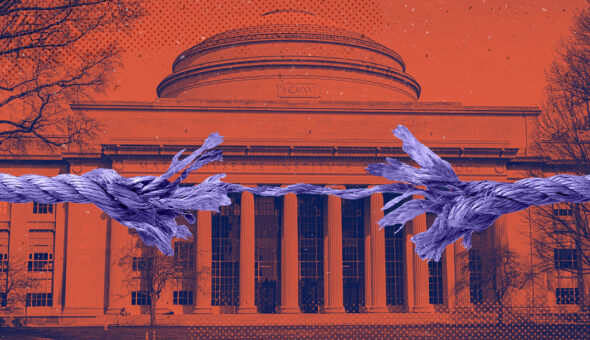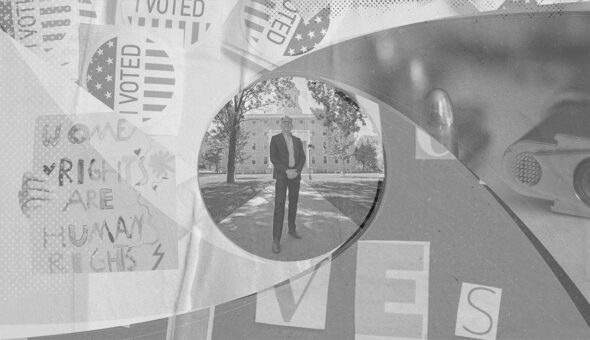The Issue with Alumni Magazines
Many editors and producers of alumni magazines say that their biggest challenge — aside from getting their busy readers to open the magazine in the first place — is to appeal to a diverse range of alumni who are extremely varied in interests, lifestyle, age, and geography – that is, the same content needs to appeal to an 80-year-old retired humanities graduate who lives a few miles from campus as well as to a recent computer science graduate who is fully immersed in a tech start-up thousands of miles away. (Within an institution, the business, law and other schools usually produce a distinct magazine for their graduates — I’m referring here instead to the “flagship” magazine produced by the larger institution.) Given that technology exists to learn a lot about alumni, to file and access all of that information in databases and to segment different content and messages which can be delivered to each of those alumni, a legitimate question is: why do institutions, particularly the largest ones having tens or hundreds of thousands of living alumni, send the exact same content (in the form of an alumni magazine) to each and every one of them?
The only honest answer is that it is easier for the institution in terms of time, budget, and staff resources. That is, it is a “maker-centric” strategy rather than an audience-centric one. Rarely does putting your interests before those of your audience fully pay off, particularly in an environment where engaging people is increasingly difficult.
Why not consider a magazine strategy where alumni who are known to be committed to the arts and humanities receive more stories and news specific to that space? The same for engineering, sciences, business, other disciplines, and the athletic and social communities of the institution.
Almost every announcement or media post I see about an alumni magazine is about its redesign — a new look, a bit of restructuring about how the content is presented or perhaps some award related to that. There’s real value in that. Design is almost always an important part of effective communications and a redesign of ongoing content such as a magazine is a critical step in remaining relevant and useful over time. However, except for one conference presentation about some brainstorming among communicators at one prominent university (it has almost 95,000 living alumni), I’m not aware of any institution which actually goes beyond this to distribute different magazines to different alumni based on what they know about their graduates’ specific interests and affinities. College and university presidents, chief development officers, and communications leaders should be questioning their staffs on why they are not moving in this direction, particularly in the digital and online space.
The Alternative: Personalized Content for Alumni
Why not consider a magazine strategy where alumni who are known to be committed to the arts and humanities receive more stories and news specific to that space? The same for engineering, sciences, business, other disciplines, and the athletic and social communities of the institution. One can still communicate on aspects of the institution that exist beyond the readers’ core interests — and one should — but simply offer less and briefer content on those other areas. After all, one shouldn’t assume that an alumnus is only interested in one content area or isn’t open to learning something new outside of his or her experiences. For sure, there’s always a segment of the alumni population that truly is interested in anything the institution has to say. Otherwise, why deliver an in-depth story on research advances in computational mechanics or Renaissance and Baroque art to someone who has no (or only a passing) interest in the subject? For those who are interested in a subject, why not deliver more and deeper content to them? Perhaps this strategy results in three distinct magazines, or a half dozen, or dozen. Particularly at large institutions, there is no shortage of news to share, stories to tell. While this would be an expensive proposition in the print space, it is much more practical in digital and online delivery.
The concept of personalized content isn’t new. For many years, consumer magazines about news, money, sports, and entertainment have been delivering different content and messaging to different audiences, though more often it is advertising messaging rather than editorial. And consumers certainly are accustomed to digital and social media messaging that is tailored to them. The intent is the same — moving closer to a more meaningful 1-to-1 communication by personalizing what is said and shown to the reader will more effectively engage that person and sustain that relationship over time, a primary goal and challenge of marketers and communicators everywhere.
It’s more work, for sure, and likely will require a bit more financial investment. However, accruing real benefits from engaging key constituents ultimately is why we produce these magazines in the first place — why not make this strategy work harder for you and deliver more value? It would be interesting to hear from those of you who are executing or thinking about a more personalized magazine content strategy. For others, the next time you are considering a magazine overhaul or redesign, or submitting an application for a magazine design award, or when your president asks what new ideas you are working on, consider bringing your colleagues to the table and brainstorming how to deliver a more personalized and relevant magazine to your important constituents. As with most everything else you are doing, use data and insights to inform your approach. Create a process to test and measure it and refine your approach over time.
And when you get to the stage of better engaging your alumni and getting them to do more with you to advance your institution, you’ll have another compelling story to tell in your magazine.
This article was originally published on LinkedIn.








